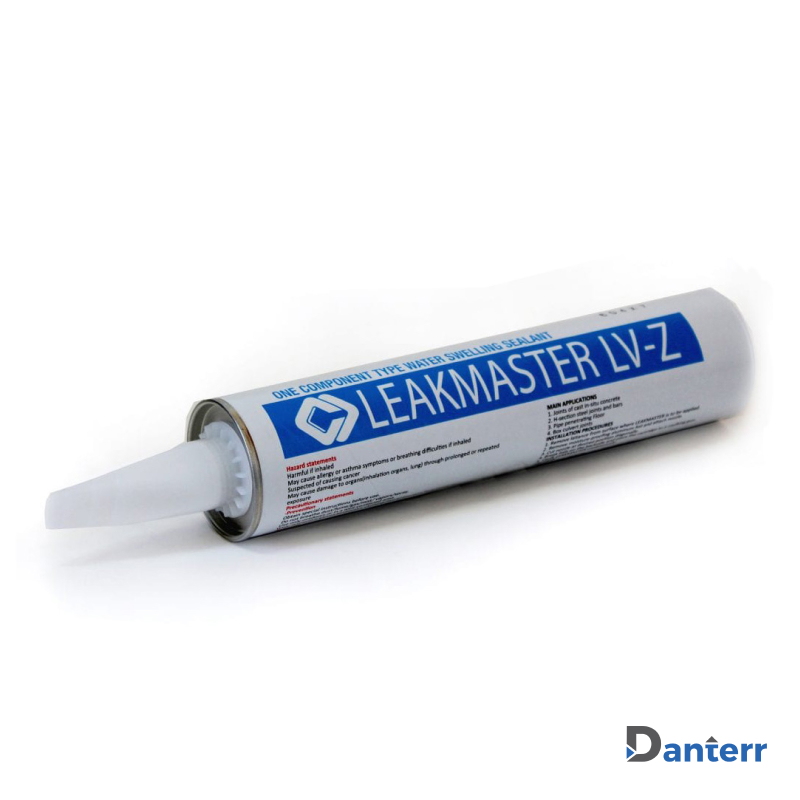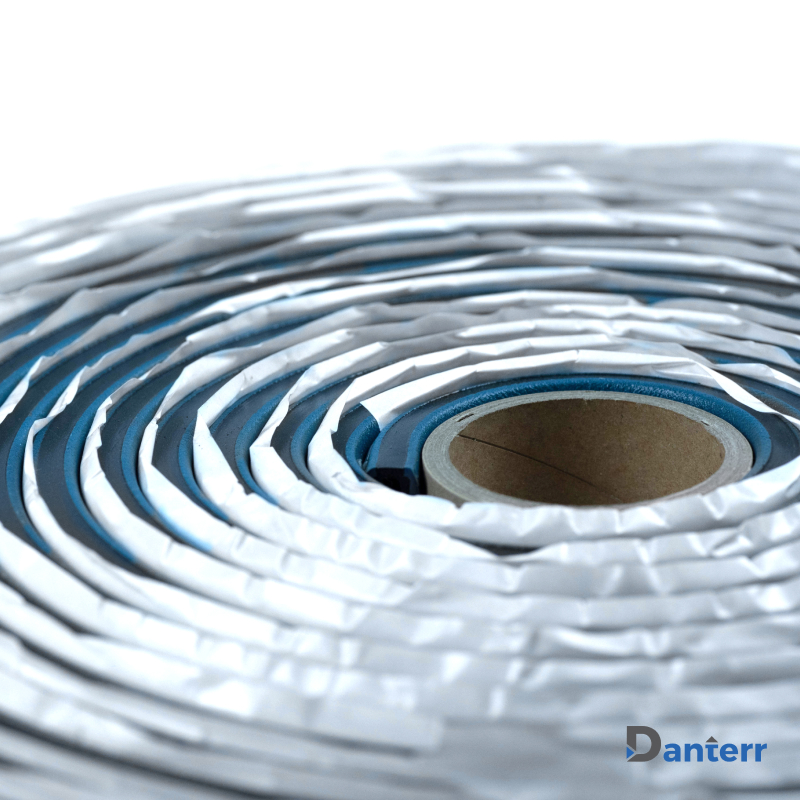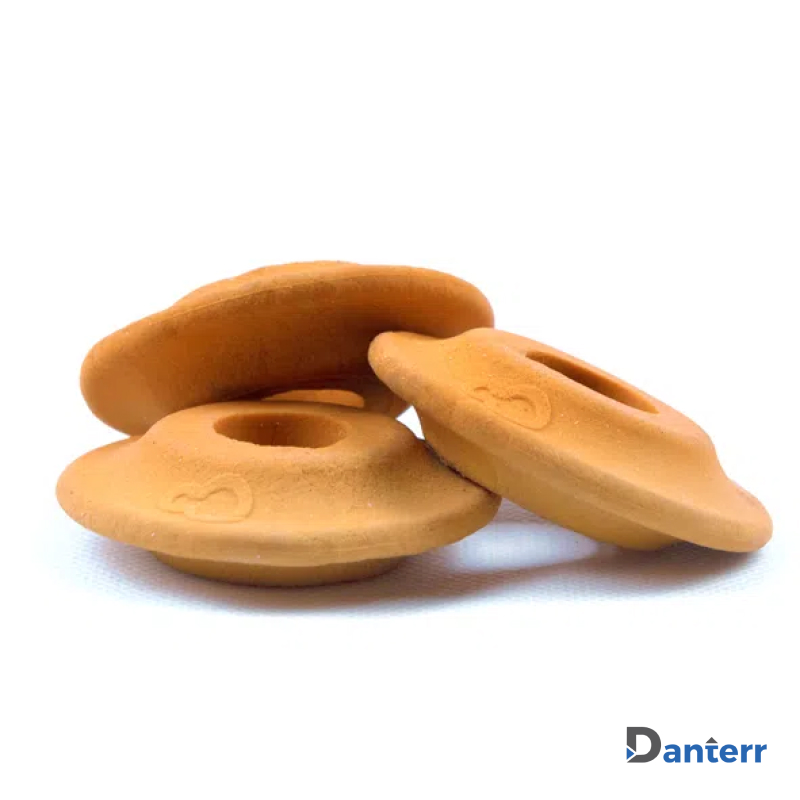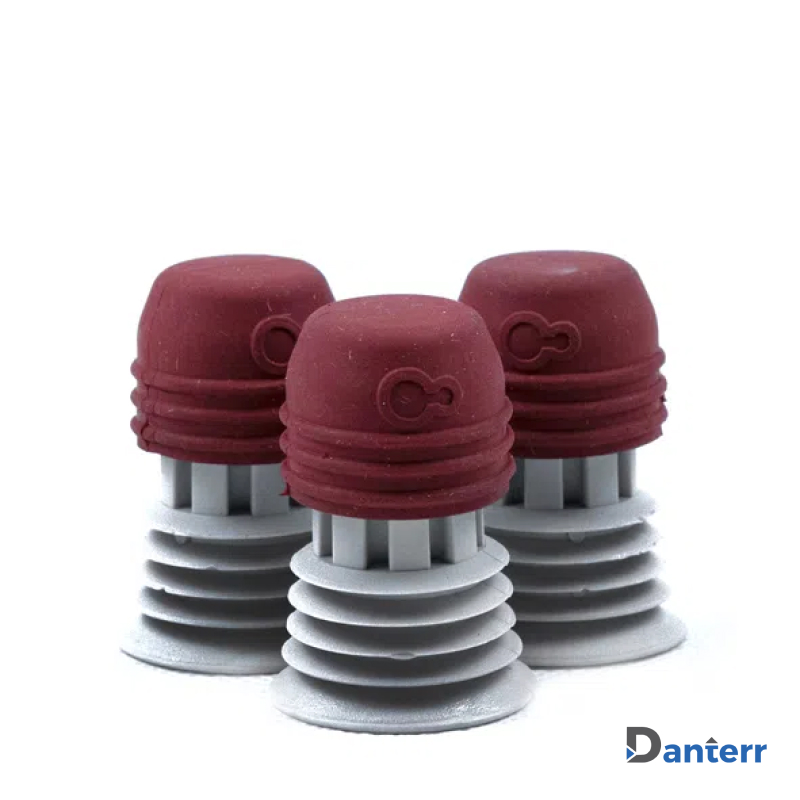In the construction industry, waterproofing concrete foundations is paramount for safeguarding the integrity and longevity of any building project. As the cornerstone of a structure, a foundation requires robust protection against water intrusion, which can lead to a multitude of detrimental consequences. This comprehensive guide delves into the essential aspects of waterproofing concrete foundations, providing valuable insights for building professionals. We’ll explore:
- The importance of waterproofing: Understand the potential consequences of water ingress and the role of waterproofing in mitigating these risks.
- Key considerations for waterproofing selection: Explore various factors influencing the choice of waterproofing solutions for your specific project.
- Types of waterproofing membranes and systems: Gain knowledge about the different membrane materials and systems available to address diverse waterproofing needs.
- Common challenges and best practices: Learn about prevalent issues in waterproofing applications and effective strategies to overcome them.
- Danterr’s solutions for successful waterproofing: Discover our range of high-quality products designed to meet the demands of your concrete foundation projects.
The Significance of Waterproofing Concrete Foundations
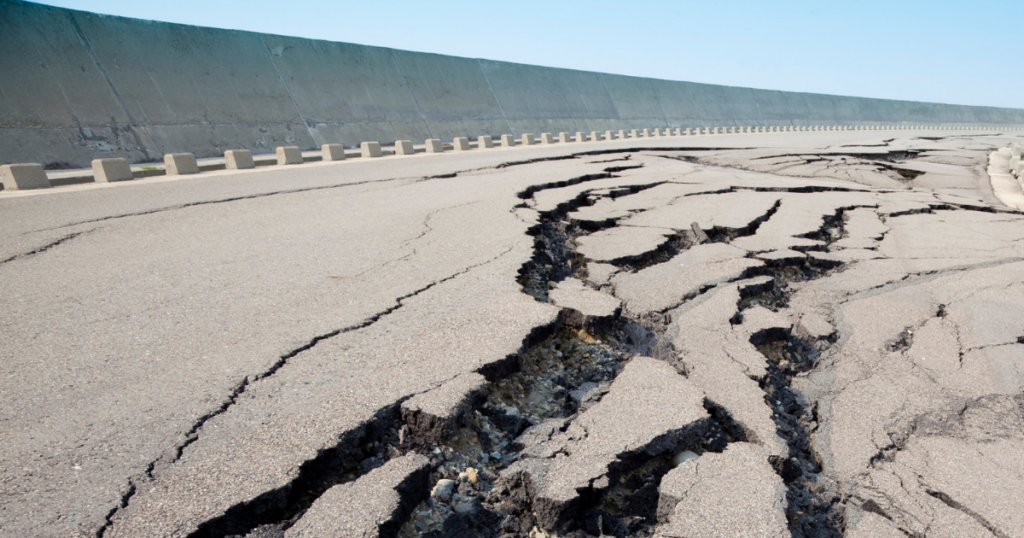
Waterproofing concrete foundations serves several critical purposes:
- Prevents water leakage: It acts as a barrier against water intrusion, both from the surrounding soil and from above-ground sources like rain or snowmelt. This helps protect the structural integrity of the foundation and prevents water damage to interior spaces.
- Mitigates mold growth: Excess moisture within the foundation can create a breeding ground for mold and mildew, posing health risks and compromising indoor air quality. Effective waterproofing helps prevent moisture buildup and minimizes the risk of mold growth.
- Enhances structural longevity: Consistent exposure to moisture can weaken concrete over time, leading to cracks and potential structural issues. Waterproofing protects the foundation from this degradation, contributing to the overall longevity of the structure.
- Increases energy efficiency: Foundations exposed to moisture can contribute to heat loss and increased energy consumption for heating and cooling purposes. Waterproofing helps maintain a drier and more thermally stable environment, potentially leading to improved energy efficiency.
Key Considerations for Choosing a Waterproofing System
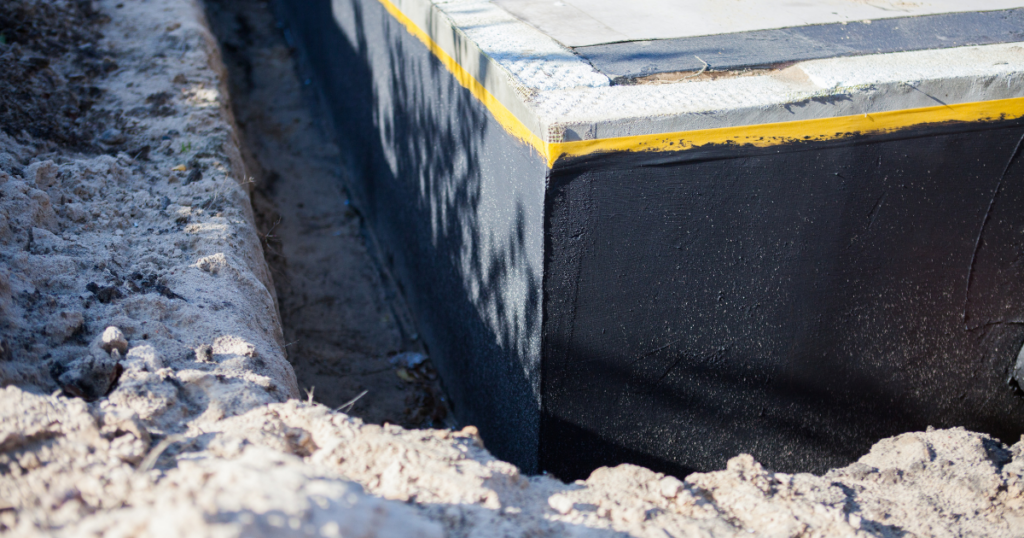
Selecting the most appropriate waterproofing system for your project requires careful consideration of various factors:
- Project location and environment: Factors like soil type, hydrostatic pressure (water pressure exerted by the surrounding soil), and climate can significantly impact the type of waterproofing required.
- Structure type and usage: The intended purpose of the building and the level of water exposure will influence the required level of waterproofing protection. Basements and underground structures typically demand a more robust approach compared to above-grade applications.
- Building codes and regulations: Local building codes may have specific requirements for waterproofing materials and installation practices. Ensure your chosen system adheres to all relevant regulations.
- Budget and lifecycle costs: While initial costs are important, consider the long-term lifecycle costs of different waterproofing options. Factors like durability, maintenance requirements, and potential replacement costs should be factored into the decision.
Exploring Types of Waterproofing Membranes and Systems
Waterproofing Membranes: The First Line of Defense
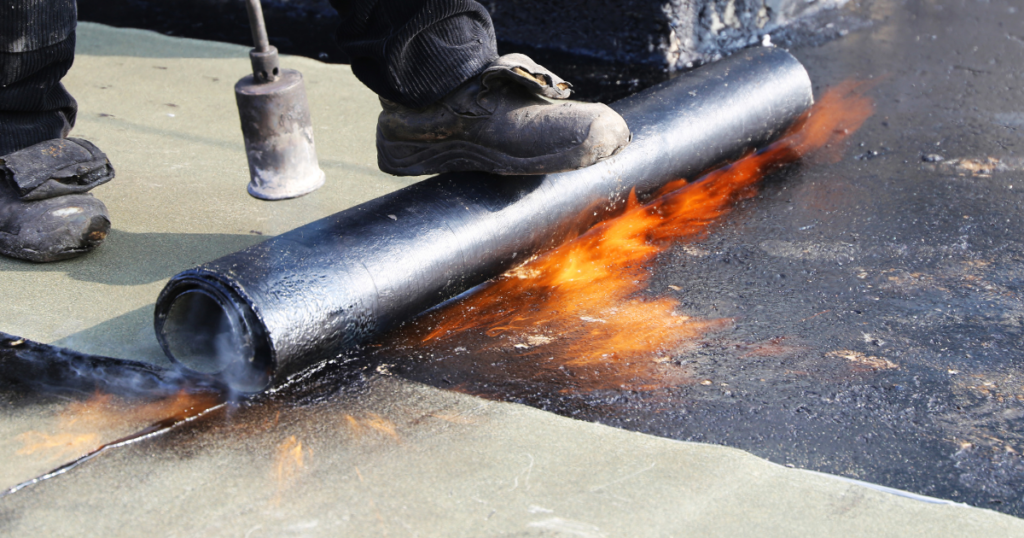
Waterproofing membranes form the primary barrier against water intrusion and come in various forms:
- Liquid membranes: These offer flexibility and ease of application, often used for complex geometries and under tile applications. They typically require a primer coat for proper adhesion.
- Sheet membranes: Pre-formed sheets made from materials like PVC or rubber offer excellent puncture resistance and are suitable for flat surfaces. They require specific installation techniques and equipment.
- Bituminous membranes: Composed of asphalt and polymers, these membranes provide good durability and flexibility, making them suitable for foundations and retaining walls. They are typically installed using heat or adhesive application.
Waterproofing Systems: A Comprehensive Approach
A comprehensive waterproofing system often involves multiple components working together to ensure complete water protection:
- Primers: Enhance the adhesion of membranes to the concrete surface, creating a stronger bond and maximising effectiveness.
- Secondary drainage systems: Manage water drainage behind the membrane, particularly crucial in areas with high hydrostatic pressure. These systems may involve drainage channels, pipes, and collection points.
- Waterstops: Installed within concrete joints and gaps to prevent water migration through cracks or pathways. They come in various materials like PVC, rubber, and hydrophilic materials.
Common Challenges in Waterproofing Applications and Best Practices
Overcoming Challenges for Successful Waterproofing
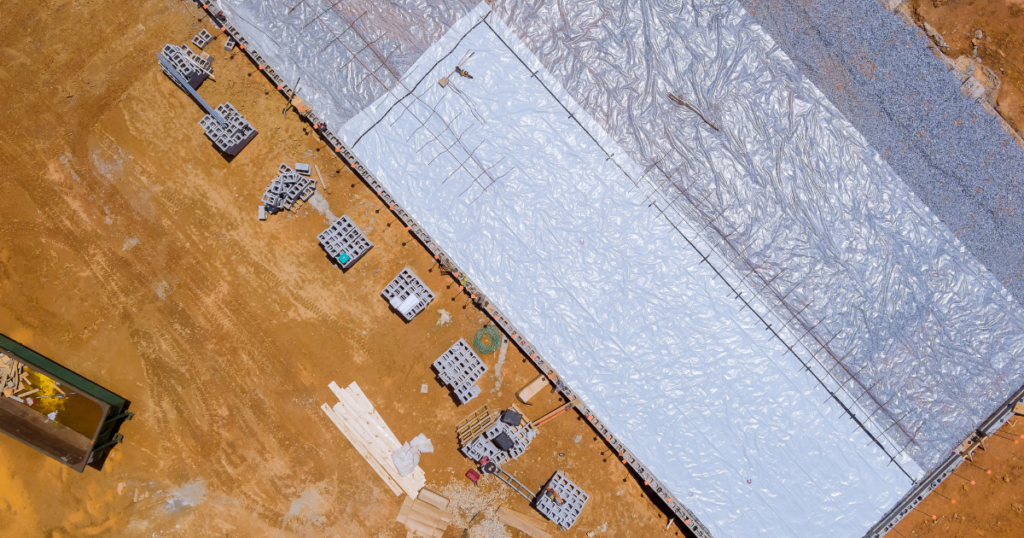
Several common hurdles can arise during waterproofing projects:
- Poor surface preparation: Inadequate cleaning and preparation of the concrete surface can lead to poor adhesion and membrane failure. Ensure proper removal of dirt, debris, laitance (weak surface layer on new concrete), and any contaminants that could hinder membrane adhesion. This may involve using high-pressure water jetting, sandblasting, or other suitable methods.
- Improper material selection or installation: Choosing inappropriate materials for the project requirements or performing incorrect installation techniques can compromise the system’s effectiveness. Always consult manufacturer recommendations and seek professional guidance when necessary. For instance, using a waterproofing membrane not designed for the specific water pressure or environmental conditions can lead to premature failure.
- Inadequate drainage: Water accumulation behind the membrane can compromise its integrity and lead to leaks. Implementing a proper drainage system to manage water flow away from the foundation is crucial. This may involve installing drainage channels, pipes, and collection points designed to effectively manage anticipated water volume.
- Damage during construction: Punctures or tears in the membrane during construction activities can create vulnerabilities. Implement protective measures during construction, such as using plywood or dedicated protection boards, and promptly repair any identified damage using appropriate patching materials and techniques.
Best Practices for Effective Waterproofing
To ensure successful waterproofing, consider these best practices:
- Thorough planning and design: Involve a qualified professional in the planning and design stages. This individual can assess site conditions, determine appropriate waterproofing solutions, and create detailed specifications to ensure the chosen system effectively addresses the project’s specific needs.
- Meticulous surface preparation: Properly prepare the concrete surface by removing dirt, debris, laitance (weak surface layer), and any contaminants that could hinder membrane adhesion. This is crucial for ensuring a strong and lasting bond between the membrane and the concrete substrate.
- Selection of appropriate materials: Choose high-quality, durable waterproofing materials that meet project requirements and comply with relevant building codes and regulations. Consider factors like the type of structure, anticipated water pressure, and environmental conditions when selecting materials.
- Professional installation: Ensure the waterproofing system is installed by qualified and experienced professionals who adhere to manufacturer instructions and industry best practices. Proper installation techniques are essential for maximising the effectiveness and longevity of the waterproofing system.
- Regular inspections and maintenance: Conduct regular inspections of the waterproofing system to identify any potential issues like cracks or tears and address them promptly. Early detection and repair of minor issues can help prevent more extensive problems and costly repairs in the future.
Danterr: Your Partner for Effective Foundation Waterproofing
At Danterr, we understand the critical importance of effective foundation waterproofing for the longevity and integrity of your building projects. We offer a comprehensive range of high-quality waterproofing solutions to cater to diverse project needs, including:
- Form-Tie Plugs: Hydrophilic waterstops for formwork tie holes, featuring excellent sealing capabilities and long-term durability.
- Form-Tie Rings & Connectors: Provide a watertight seal around formwork tie holes, expanding in contact with water for enhanced protection.
- Hydrotite: A co-extruded waterstop with excellent adhesion to concrete, offering visual verification of water contact through colour change.
- Leakmaster: A gun-grade, one-component waterstop ideal for sealing irregular surfaces and hard-to-reach areas.
Waterproofing concrete foundations is an essential investment in the long-term structural integrity and well-being of your building projects. By understanding the importance of waterproofing, considering key selection factors, and implementing best practices, you can ensure a watertight and durable foundation.
Partnering with a reliable waterproofing solutions provider like Danterr empowers you to access high-quality products, expert guidance, and comprehensive support throughout your project. Our team is dedicated to helping you choose the most suitable waterproofing solutions to meet your specific needs, ensuring your foundations remain strong and protected for years to come.
Contact Danterr today to discuss your project requirements and explore our comprehensive range of solutions. Let’s work together to build a foundation for success.
- Email: sales@danterr.com
- Phone: 1800 262 383
FAQs
- Liquid membranes: Applied as a liquid coating, offering flexibility and ease of application on complex shapes. Common types include acrylic, polyurethane, and bituminous-based liquids.
- Sheet membranes: Pre-formed sheets made from materials like PVC, TPO (Thermoplastic Polyolefin), or rubber, ideal for flat surfaces and offering good puncture resistance.
- Bituminous membranes: Composed of asphalt and polymers, providing good durability and flexibility, often used for foundations and retaining walls.
The specific type of membrane best suited for your project depends on factors like the building type, water pressure, and environmental conditions.
Several factors should be considered when choosing a waterproofing material for your concrete foundation:
- Project type and location: Consider the building’s purpose, expected water pressure, and specific climate conditions in your region.
- Material characteristics: Evaluate factors like durability, flexibility, compatibility with other components, and ease of installation.
- Building codes and regulations: Ensure the chosen material complies with relevant Australian building codes and regulations.
- Cost and life cycle considerations: While initial cost is important, consider the material’s longevity and potential maintenance requirements.
Consulting a qualified professional can help you make an informed decision based on your specific project needs.
Hiring a professional waterproofing contractor offers several benefits:
- Expertise and experience: Professionals possess the knowledge and experience to assess your project, select suitable materials, and perform flawless installation according to best practices.
- Quality assurance: They use industry-standard techniques and materials, ensuring a high-quality and long-lasting waterproofing system.
- Compliance and regulations: They understand and adhere to building codes and regulations, ensuring your project meets all legal requirements.
- Safety and warranty: Professionals prioritise safety during installation and often provide warranties on their work, offering peace of mind.
In Australia, waterproofing requirements for concrete foundations are outlined in the National Construction Code (NCC) and specific state building regulations. These regulations aim to ensure the structural integrity and durability of buildings and vary slightly across different regions.
It’s crucial to consult with a local building code expert or qualified waterproofing contractor to ensure your project complies with all relevant regulations specific to your location.
The Australian climate poses specific challenges for waterproofing concrete foundations:
- High temperatures: Intense heat can accelerate the degradation of some waterproofing materials. Opt for materials with high heat resistance.
- UV exposure: Direct sunlight can negatively impact certain materials. Choose UV-resistant options like TPO membranes or request materials with added UV protection.
- Heavy rainfall: High rainfall can increase water pressure on foundations, demanding robust waterproofing solutions with proper drainage systems.
- Bushfire risk: In bushfire-prone areas, choosing fire-resistant waterproofing materials like specific types of bituminous membranes might be necessary.
By understanding these challenges, you can select a waterproofing system specifically designed to handle the unique demands of the Australian climate.
- Positive side waterproofing: Applied on the exterior of the foundation wall, directly exposed to the soil and water pressure. This is the most common method in Australia.
- Negative side waterproofing: Installed on the interior of the foundation wall, facing the inside of the basement or crawlspace. This method is typically used when positive side access is difficult or in specific situations determined by engineers.
The choice between positive and negative side waterproofing depends on factors like accessibility, water table level, and building code requirements.
A vapour barrier is a sheet material installed on the warm side of the foundation insulation to prevent moisture vapour from migrating into the building interior. This helps prevent condensation issues within the walls and contributes to improved energy efficiency.
It’s crucial to address cracks in the foundation wall before applying any waterproofing membrane. Here’s a general process:
- Clean the crack: Remove dirt, debris, and loose material around the crack.
- Depending on the crack size:
- Small cracks (hairline or less than 1/4″ wide): Use a high-quality crack sealant specifically designed for concrete foundations.
- Larger cracks: Consult a structural engineer or waterproofing professional to assess the severity and recommend an appropriate repair method, which may involve epoxy injection or other techniques.
Once the cracks are properly repaired and cured, you can proceed with the waterproofing application.
Several types of drainage systems can be used to manage water flow away from the foundation:
- French drains: Trenches filled with gravel that collect and channel water away from the foundation. This is a common and effective system in Australia.
- Perimeter drains: Pipes installed around the foundation perimeter that collect and direct water to a suitable discharge point. This is often used in conjunction with other systems.
- Channel drains: Linear drains installed along the foundation wall to collect surface water runoff. This is particularly useful in areas prone to heavy rainfall.
The specific type of drainage system chosen will depend on the project’s specific needs and site conditions, considering factors like soil type, water table level, and rainfall patterns.
When selecting waterproofing materials, consider their environmental impact:
- Material composition: Opt for materials with lower environmental footprints, such as recycled content membranes or bio-based alternatives where available.
- Chemical emissions: Choose materials with minimal volatile organic compounds (VOCs) to reduce indoor air pollution and promote a healthier indoor environment.
- End-of-life disposal: Consider the ease and environmental impact of disposing of the material at the end of its lifespan. Look for materials with responsible recycling or disposal options.
By making informed choices, you can contribute to a more sustainable construction process and minimise the environmental impact of your project.
Stay Updated with Danterr!
Subscribe to Our Newsletter for the Latest in Construction Solutions

